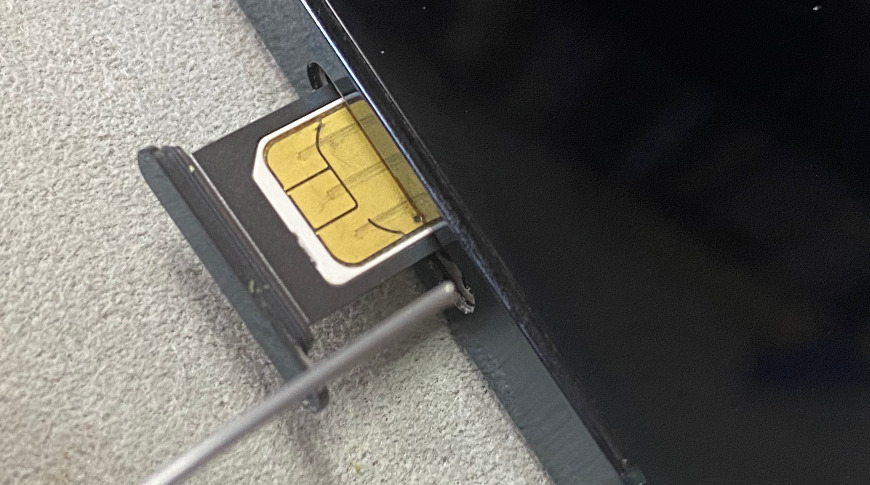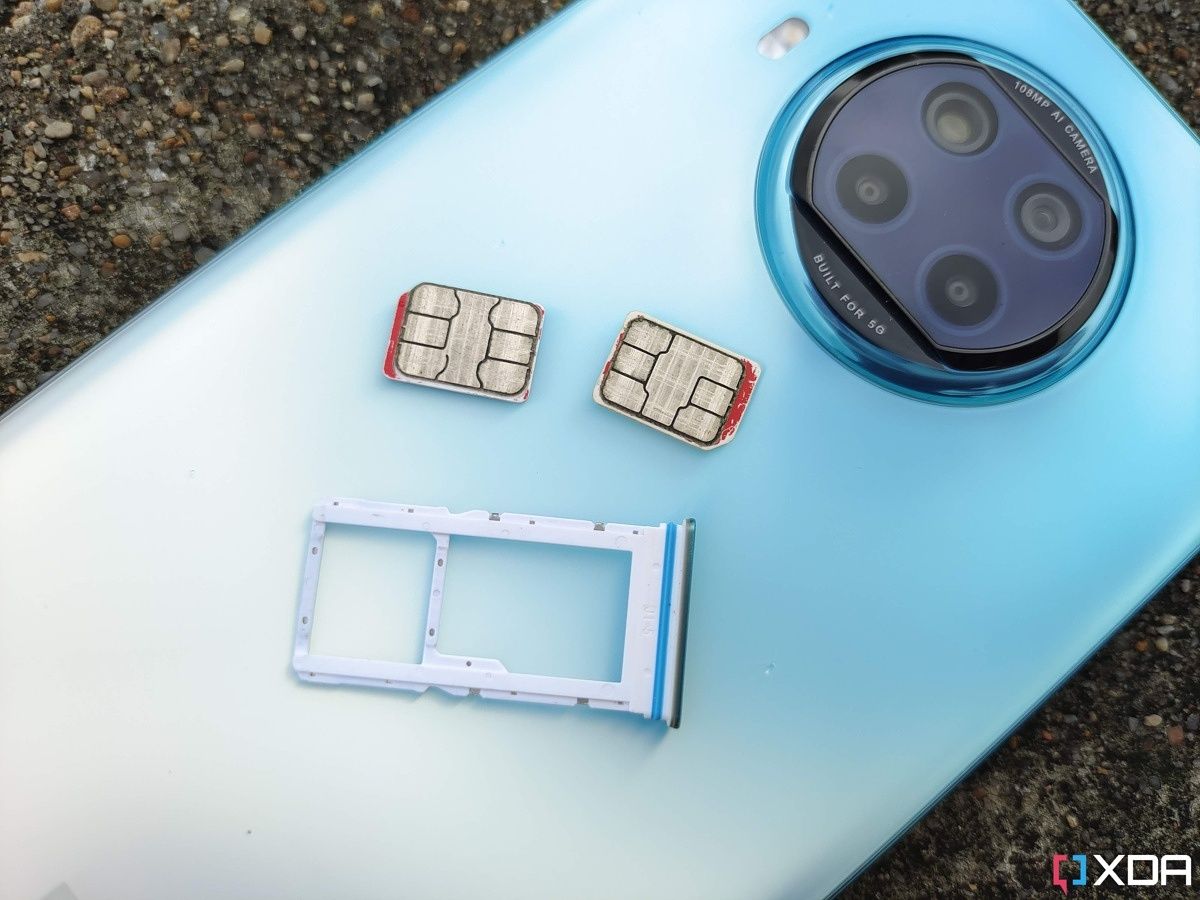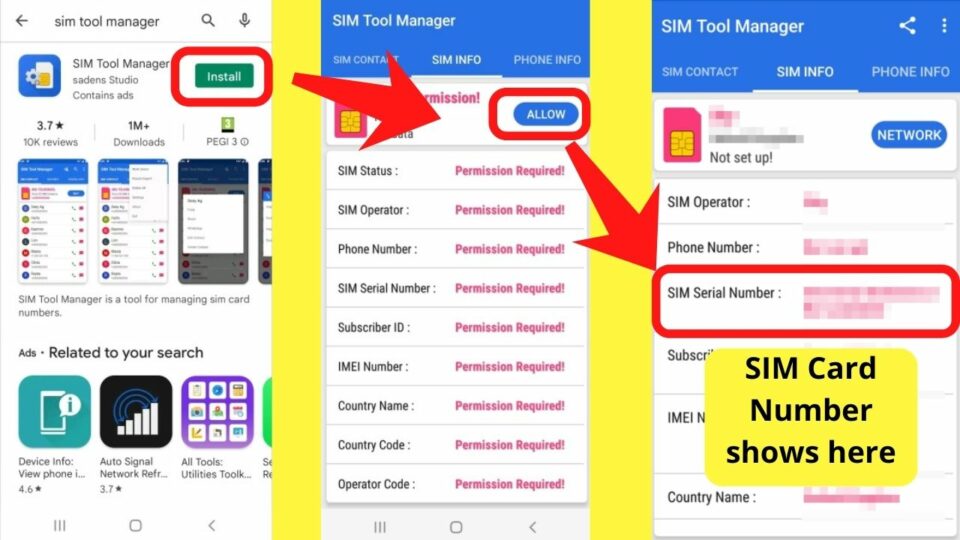How Do I Get A Sim Card For My Phone
:max_bytes(150000):strip_icc()/SIMcardtypes-1c5fef33e1e547998175939aad0d6136.jpg)
In an increasingly connected world, the humble SIM card remains the essential key to unlocking mobile communication. But navigating the process of acquiring one can be surprisingly complex, fraught with choices and potential pitfalls. From understanding different SIM types to securing the best deal, a misstep can leave you disconnected and frustrated.
This article provides a comprehensive guide to obtaining a SIM card for your phone, demystifying the process and empowering you to make informed decisions. It will cover various acquisition methods, identify key considerations, and offer expert advice to ensure seamless connectivity.
Understanding Your SIM Options
The first step is determining the type of SIM card your phone requires. Most modern phones use either a nano-SIM, the smallest size, or an eSIM, an embedded SIM that doesn't require a physical card.
Check your phone's specifications online or in the user manual to confirm compatibility. Failing to do so will prevent you from using the service. Verify compatibility prior to any purchase.
Prepaid vs. Postpaid
Next, you'll need to decide between a prepaid and a postpaid SIM card. Prepaid SIMs offer flexibility, allowing you to pay for your usage in advance and avoid long-term contracts.
Postpaid plans, on the other hand, typically involve a monthly bill and may offer more data or features at a lower per-unit cost. Consider your usage patterns and budget to determine which option is best for you. This decision can affect your overall spending.
Acquiring a Physical SIM Card
Physical SIM cards can be purchased from a variety of sources. These include mobile carrier stores, electronics retailers, and online marketplaces.
Visiting a carrier store allows you to speak with a representative who can answer your questions and help you choose the right plan. Retailers like Best Buy and Walmart often sell SIM cards from multiple carriers.
Online marketplaces, such as Amazon and eBay, offer a wide selection, but it's crucial to verify the seller's reputation and ensure the SIM card is compatible with your phone and desired carrier. Always be cautious.
Activating Your SIM Card
Once you have your SIM card, you'll need to activate it. This process usually involves inserting the SIM card into your phone and following the instructions provided by the carrier.
Most carriers offer activation through their website or by calling a toll-free number. Be prepared to provide some personal information, such as your name, address, and date of birth.
Activation might also require a valid form of identification. The Federal Communications Commission (FCC) does not regulate the requirements for purchasing SIM cards.
Exploring eSIM Options
eSIMs are gaining popularity, offering a convenient alternative to physical SIM cards. Instead of inserting a physical card, you activate an eSIM by downloading a profile from your carrier.
Many newer smartphones support eSIM technology. Contact your carrier to inquire about eSIM activation. eSIM can have regional restrictions.
Activating an eSIM typically involves scanning a QR code provided by your carrier or entering an activation code manually. It simplifies travel.
Avoiding Common Pitfalls
When purchasing a SIM card, be wary of scams and hidden fees. Some unscrupulous sellers may offer SIM cards that are locked to a specific carrier or that contain malware.
Always purchase from reputable sources and read the fine print before signing up for a plan. Pay attention to details.
Be aware of data roaming charges when using your SIM card abroad. Contact your carrier to purchase an international data plan before traveling. This will reduce chances of unexpected fees.
The Future of SIM Technology
The SIM card is evolving, with eSIM technology paving the way for even greater flexibility and convenience. As more devices adopt eSIMs, the need for physical SIM cards may eventually diminish.
This will lead to a more seamless and interconnected mobile experience. However, physical SIM cards will likely remain relevant for some time, particularly in regions with limited eSIM support. Stay informed about the changes.
Ultimately, acquiring a SIM card requires careful consideration and research. By understanding your options, avoiding common pitfalls, and staying informed about the latest technology, you can ensure seamless connectivity and enjoy the full benefits of mobile communication. Always do your research before committing.
![How Do I Get A Sim Card For My Phone How to Transfer SIM Card to New iPhone [All Top Tips Here]](https://www.mobikin.com/d/file/mobile-phone/transfer-sim-card-to-new-iphone.jpg)

















